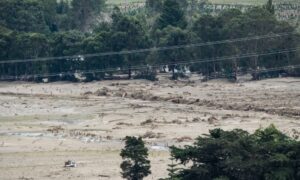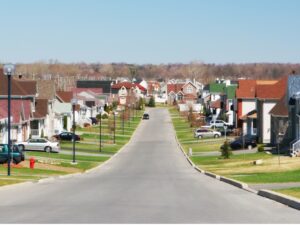Revealed – $190 billion average annual insured catastrophe losses price tag

“The most significant factor driving catastrophe losses over the past few years is the rise in exposure values and replacement costs,” said Bill Churney, president of Verisk Extreme Event Solutions. “Both are represented by continued construction in high-hazard areas, as well as high levels of inflation that are driving up repair and rebuild costs. For this reason, it’s important for insurers to regularly reassess their exposures, particularly in the most vulnerable urban and coastal areas. Updating the property replacement values used in catastrophe modelling and other processes helps to ensure a more informed view of risk.”
It’s also vital to keep in mind the uncertainty and natural variability associated with global catastrophe losses, Verisk said. The current five-year actual loss period immediately followed a 10-year period with lower levels of loss, highlighted by fewer loss-causing hurricanes in the Atlantic basin. With climate change contributing to catastrophe losses, far larger years of insured losses can and will likely occur, Verisk said. Increased losses are also driven to a lesser degree by the growth in number and value of exposed properties.
Verisk’s models estimate a greater than 40% chance of experiencing a five-year average loss in excess of US$100 billion, meaning the last five years should not be viewed as an outlier, the company said. Verisk’s models also show at least a 50% chance of experiencing a single year in the next decade with insured losses above US$200 billion.
“All catastrophes can contribute to losses, whether they are a single major event, an aggregation of smaller ones, or a combination of the two,” said Dr. Jayanta Guin, executive vice president and chief research officer at Verisk Extreme Event Solutions. “As demonstrated by this report, Verisk models are effectively capturing the scale of recent losses, but also indicate that years of more extreme losses are possible. We continue to invest in catastrophe models that provide a global and comprehensive view of the complex nature of risk today and of the near-present climate.”




